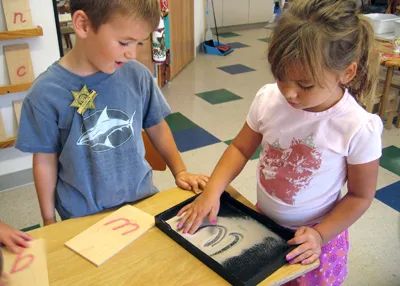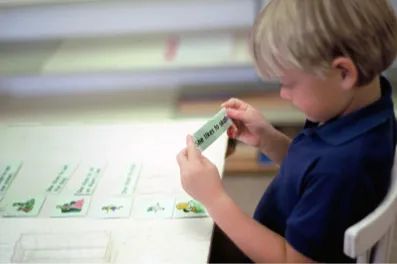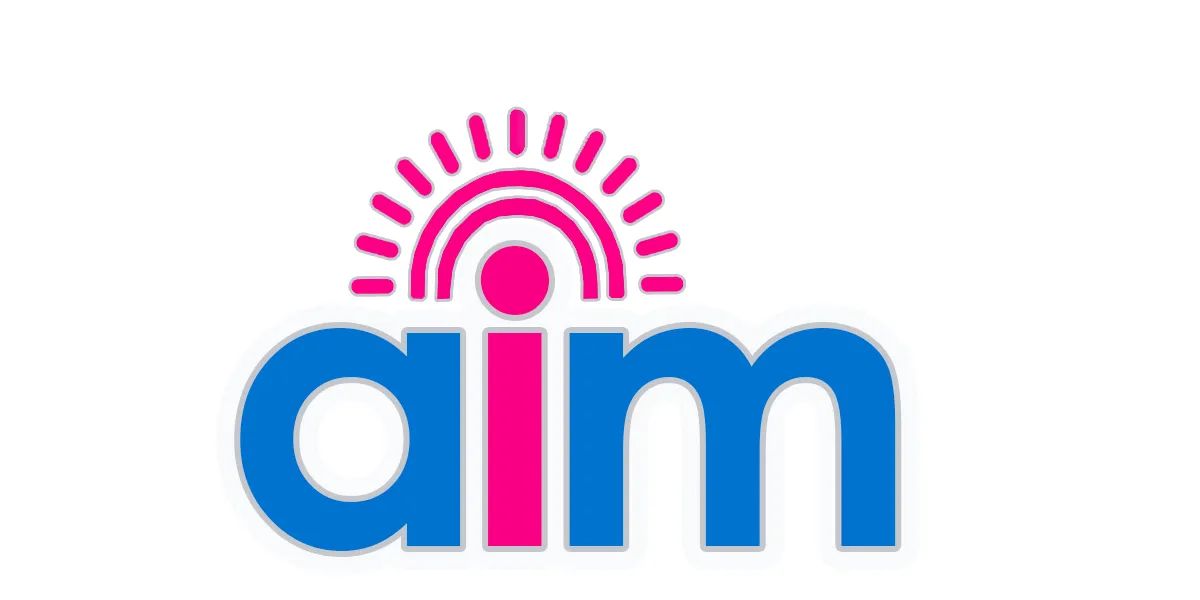Language, Letters and Literacy
Children and Language
According to Webster’s dictionary, language is defined as “the system of words or signs that people use to express thoughts and feelings to each other.” Language makes it possible for humans to pass information from one individual to the next, and to share their inner thoughts and feelings. Communication and language are innate human tendencies. In other words, all children come into this world hardwired for learning language. As Maria Montessori said, “To talk is in the nature of man.” This inborne tendency makes the acquisition of language especially easy for children under six years old. Very early on, children learn to use facial expressions, gestures, and speech to communicate their basic needs. As early as two years old, the child’s natural desire to communicate will guide him toward learning to read and write.

By the time the young child begins preschool, he has already acquired much of his culture’s spoken language. In the Montessori classroom, he will begin to associate spoken words with written forms of language. Because the development of language is so deeply intertwined with the physical and intellectual development of the child, a broad exposure to language is paramount.
"Not only does he create his language, but he shapes the organs that enable him to frame the words. He has to make the physical basis of every moment, all the elements of our intellect, everything the human being is blessed with.” (Maria Montessori, The Absorbent Mind.)
Children should be spoken to (and listened to) often, using correct pronunciation and articulation. Additionally, they should be encouraged to communicate with others and to listen with appropriate respect. From there, children begin to build “phonemic awareness.” Phonemic awareness, an essential skill, is the ability to hear and identify the smallest units of sounds in spoken words.
Sounds and Letters

Montessori children are introduced to letters as symbols and their corresponding sounds (as opposed to the names of the letters.) Children trace sandpaper letters with their fingers and simultaneously pronounce (or listen to a teacher pronounce) the sound of that letter. Children see and feel the shape of the letter while learning its sound. In this way, the child learns to identify the phonetics of the alphabetic symbol and to practice writing the letter. The important concept that letters represent speech sounds is called “the alphabetic principle.”

Words and Sentences
Once the alphabetic principle is mastered, children learn to build words by putting together individual letters and their phonetic sounds. Visual representations of the letters, such as alphabetic cards, are associated with the phonetic sounds, which are spoken aloud. For example, “b-a-t” is buh, aah, tuh (again, as opposed to the names of the letters: bee, aye, tee.) Children graduate from sounds and letters to the beginnings of reading and writing. The process can and should be as natural and easy for the child as learning to speak.

Of course, the trick to such easy and natural learning is in the timing. Children under the age of six have amazingly absorbent minds. Additionally, children between two and a half and five years of age experience “sensitive periods” for learning vocabulary, letter shapes and sounds, writing and reading. According to the Montessori Method, a sensitive period is a critical window of opportunity during which children absorb specific concepts naturally and almost effortlessly.
To learn more about using the Montessori Method to teach children reading and writing, please follow this link to Age of Montessori’s Royal Road to Reading DVD Teaching Program.





















